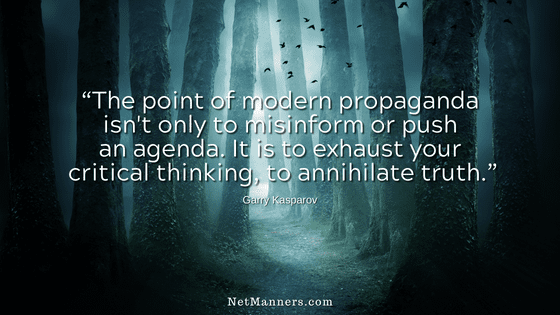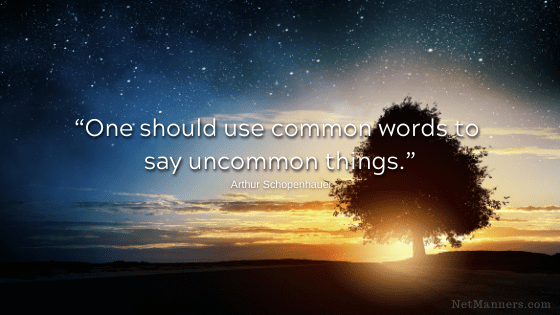Proper Use of Reply to All

That Reply to All button can be a real troublemaker. In general, hitting Reply to All is not always the best choice.
Ironically, I get email inquiries from those who expose their contact’s addresses in the To field but are upset when Reply to All is used. “Why do they email my contacts with their response?”
PRO TIP:
Don’t want folks to “Reply to All”?
Don’t include all those addresses in the To: field.
You Can Control Reply to All
If you send emails to many people who know each other and include their names visibly in the To or Cc field, prepare for some backlash. It is common for those who receive your message to view that as an invitation to communicate or discuss with all involved, and some may not appreciate that last part.
We cannot control how others use their email program. But we can avoid facilitating specific actions.
You know folks like this. Contacts that genuinely feel “all” should see every word they type. So they hit that Reply to All button without thought.
They want their comments to be known even to those who may not matter. They want to showboat, virtue signal, or feel part of a conversation.
As the sender, you can inhibit the use of Reply to All. Use BCc:. If you don’t know where the BCc is, find out. There is no reason or excuse to include all your contact addresses visibly in the To: field, particularly if everyone does not know each other.
PRO TIP:
Put your name/email in the To field and all your other contacts in the BCc: field. With this approach, you do not expose a single email address.
Another more personal option is to send separate emails to your contacts. That’s better than exposing their addresses to those they don’t know.
If your message isn’t worth any of these efforts, the email is not worth sending.
“All” May Not Care
Only use Reply to All when you are confident that “all” will be interested in the content of your response or need to be aware of what your reply contains—not because you think so, but because you know so.
Simply because a list of names is in the To: or Cc: field does not indicate their interest in your reply or commentary, especially one-word replies.
One-word responses like “Thanks” or “Okay” do not warrant using Reply to All. In this case, only reply to the sender if you want to acknowledge their email.
Ulterior Motives and Emotions
You do not use Reply to All to CYA, e-tattle, scold, correct, or send nasty comments back to the sender to shame them publicly. (Even if it is to point out that you do not appreciate your email being exposed to strangers.)
Keep replies of this type between you and the sender. There is no need to embarrass or showboat others about matters unrelated to your comments.
By communicating this way, especially when upset, you reflect that you are no better than the person you just criticized in front of their contacts. Therefore, it is always best to show a little decorum and only reply to the sender if you are not happy with the content of the email.
PRO TIP:
Before replying, permanently remove the email addresses in the To: and Cc: fields to which your comments do not apply.
Easily Avoid Reply to All Abuse and Misunderstandings
- Senders: If you don’t want those you email to use Reply to All, use the BCc: field so email addresses are omitted if Reply to All is clicked.
- Recipients: Do not Reply to All if you do not know “all.” Reply to the sender only.
Sender or recipient, use your best judgment about what everyone needs or wants to know. Senders who are not sure should use the BCc. Recipients who are not sure should only reply to the sender. Easy peasy.







